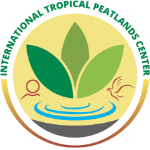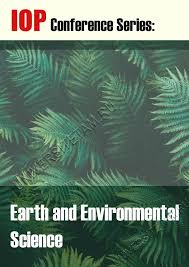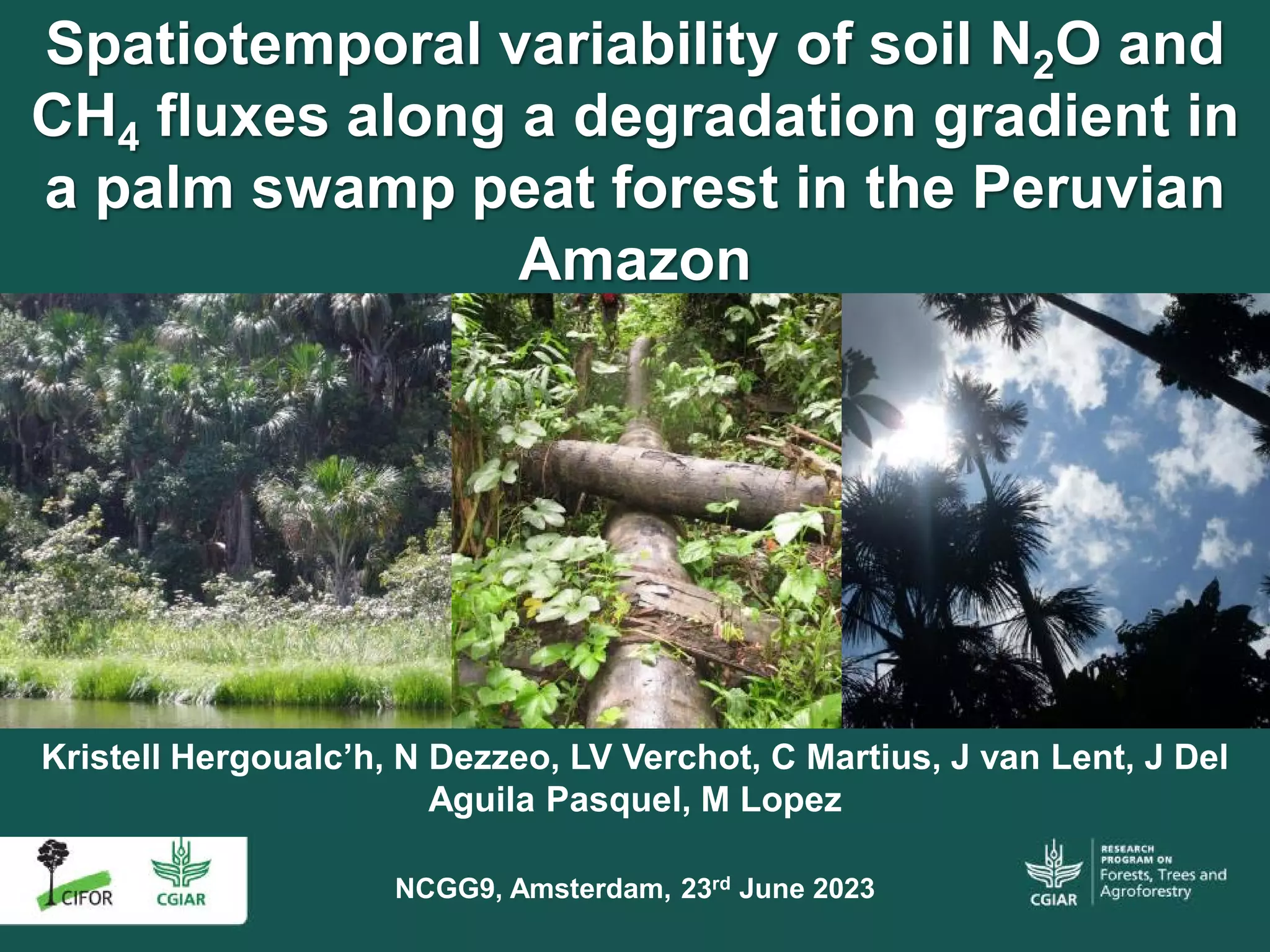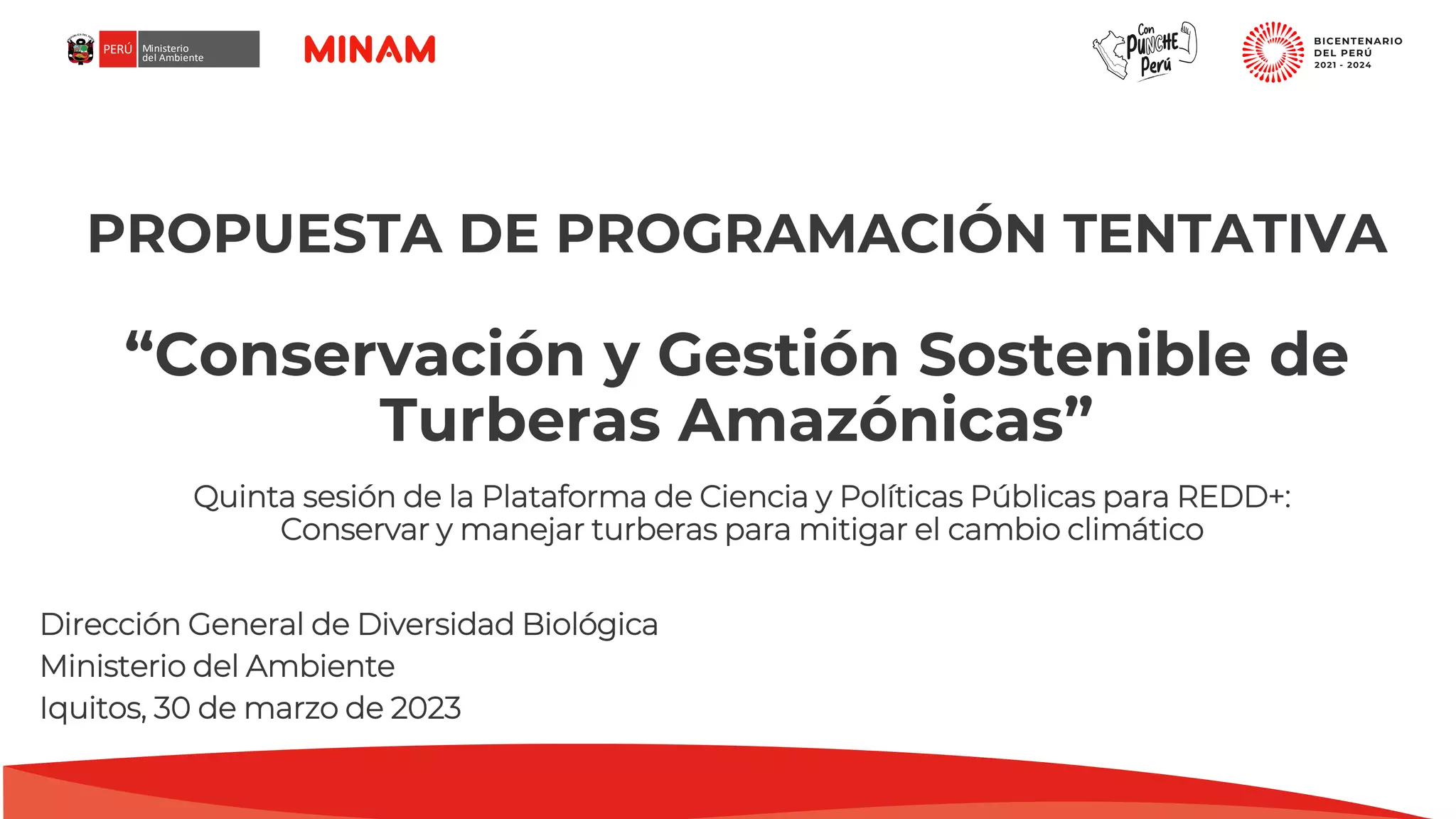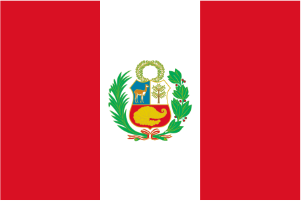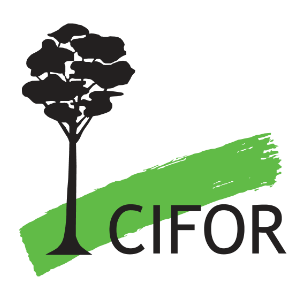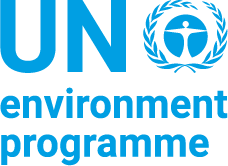
Tropical peatlands are one of the largest carbon-storing ecosystems in the world. Draining tropical peatland causes environmental damage including greenhouse gas emissions. Drained peat is highly susceptible to fires that increase carbon emissions into the air. Rewetting is one way to solve the problem because, to achieve a zero or negative carbon balance, the water level should be close to or above the surface to maintain the water saturation of peat. The government of Indonesia has thoughtfully restored the peatland by implementing the 3R approach (rewetting, revegetation, and revitalizing local livelihood). After rewetting, paludiculture (wetland cultivation) is a promising land-use option for peatland. Through paludiculture, the peatland ecosystem will be improved which has already undergone drainage and will re-encourage carbon accumulative in peatland. This paper aims to determine the potential of paludiculture to support climate change adaptation including presenting challenges and opportunities in its implementation. Paludiculture has been shown to reduce greenhouse gas emissions by keeping peat moist. Besides having an ecological function, paludiculture also functions economically because it can be an alternative source of livelihood for people living around peat.
Download:
 file
file

- Authors: Pratiwi, D., Yuwati, T.W.
- Author Affiliation: National Research and Innovation Agency
- Subjects: peatlands, tropics, drainage, rehydration, paludiculture, climate change
- Publication type: Conference paper
- Source: IOP Conference Series: Earth and Environmental Science 1109(1): 012001
- Year: 2022
- DOI: https://doi.org/10.1088/1755-1315/1109/1/012001
